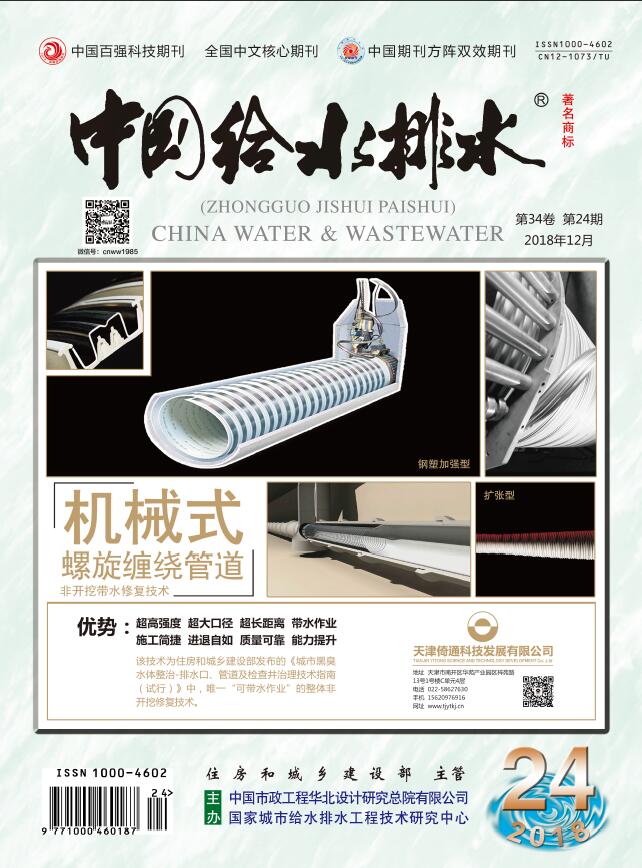LIUChao,WUHong-juan,LUOJiu-qi,et al.Impact of MBBR Process on Upgrade of a Wastewater Treatment Plant in Northern China[J].China Water & Wastewater,2025,41(7):76-81.
Impact of MBBR Process on Upgrade of a Wastewater Treatment Plant in Northern China
China Water & Wastewater[ISSN:1000-4062/CN:12-1073/TU]
volume:
第41卷
Number:
第7期
Page:
76-81
Column:
Date of publication:
2025-04-01
- Keywords:
- moving bed biofilm reactor (MBBR); in-situ upgrade and transformation; nitrification performance; biofilm; energy saving
- Abstract:
- The design capacity of the phase Ⅰ project of a wastewater treatment plant in northern China is 50×104 m3/d. The effluent quality is designed to meet the first level A criteria specified in the national discharge standard, but it needs to be upgraded to comply with the discharge limit for key control areas as specified in Ziya River Basin Water Pollutants Discharge Standards (DB 13/2796-2018). The project employed the moving bed biofilm reactor (MBBR) process for its upgrade and transformation. After transformation, the chemical oxygen demand, total phosphorus, ammonia nitrogen and total nitrogen in the effluent from the biochemical tank were (16.2±3.9) mg/L, (0.2±0.2) mg/L, (0.18±0.1) mg/L and (8.1±2.2) mg/L, respectively. In addition, the effluent quality was stable and better than the design discharge standard. The utilization rate of the carbon source in the raw water increased by 63.14%, while the dosage of external carbon sources and polyaluminum chloride (PAC) was reduced by 36.5% and 43.4%, respectively. The predominant nitrifying bacteria in the system was Nitrospira, with a relative abundance of 7.31% in the biofilm, which was 6.5 times higher than that in the activated sludge. The MBBR-based in-situ transformation achieved concurrent enhancement of the system’s nitrogen and phosphorus removal capabilities, ensured stable and compliant effluent quality, and reduced operation costs.
Last Update:
2025-04-01

